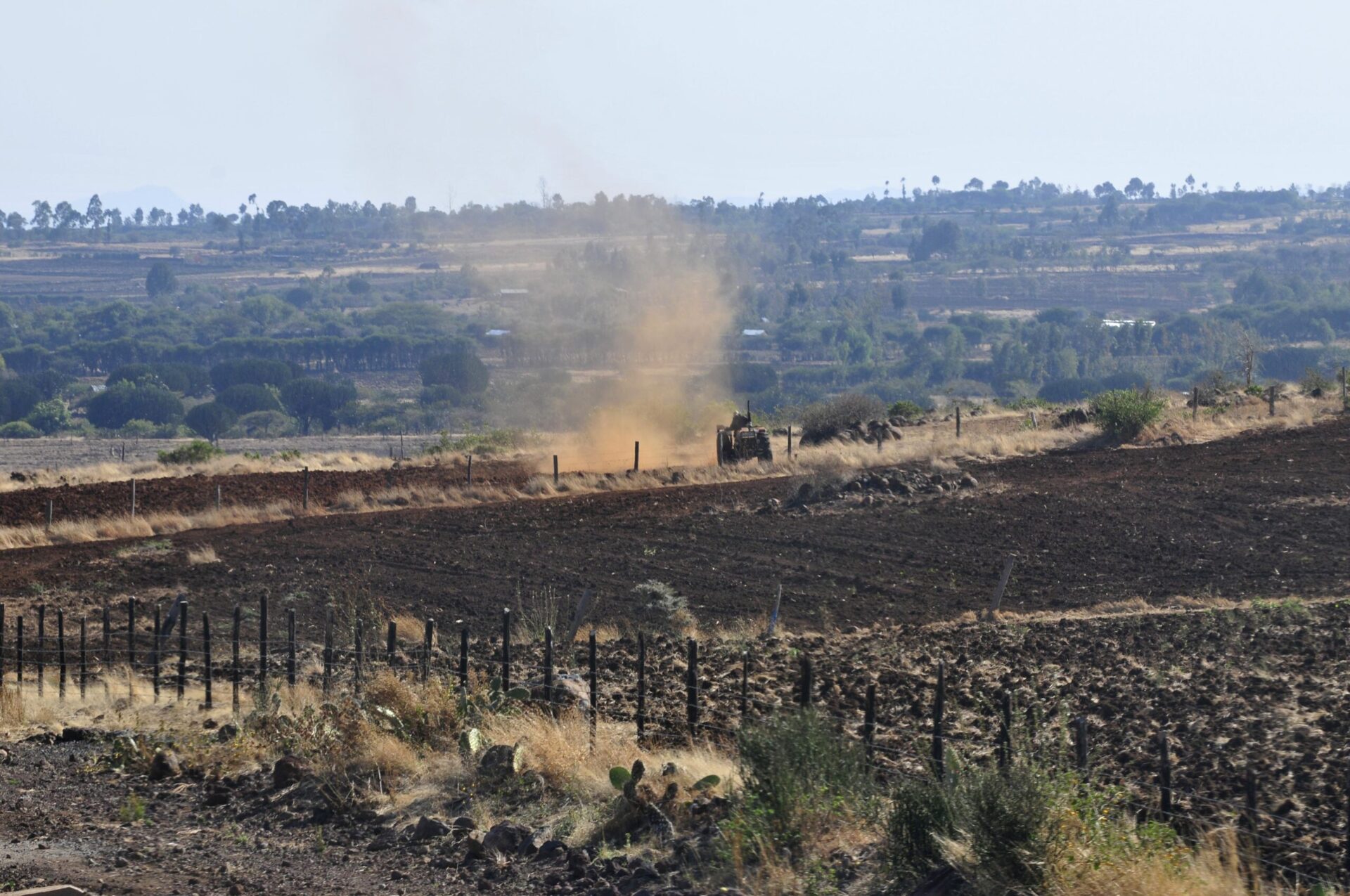Key barriers to using longer term climate information in decision-making

Background
Without clear and straightforward guidelines for the future, policy makers have to decide what to build today, that won’t risk inundation in the year 2050. Or which crops farmers should invest in, that will still be productive under a changing, more variable, climate. What’s needed is to make better use of available, longer term climate information in development planning and investments.
However, despite scientific progress and advances in climate projections and data dissemination, a recently released Working Paper suggests that longer-term climate information, which are projections that extent beyond a year into the future, are currently not being adequately considered in decision making processes, especially in developing countries.
The paper, released as part of the Working Paper series under the CGIAR Research Program on Climate Change, Agriculture and Food Security (CCAFS), is the results of a systematic review of academic literature investigating factors that prevent and support policy makers from using and incorporating medium- and long-term climate information in their planning decisions.
The paper, entitled ‘Identifying constraining and enabling factors to the uptake of medium- and long-term climate information in decision making’ was conducted in collaboration with the International Livestock Research Institute (ILRI), CGIAR and the Overseas Development Institute (ODI) as part of CCAFS Flagship on Policies and Institutions.
Developing countries falling behind
The review found that a number of national bodies have started to incorporate climate information in various sectors, in order to adapt to climate change. Areas include infrastructure investments, environmental policy development to support adaptation planning and in scenario planning, which allows for consideration of future risks and implications of different development pathways. However, it became quite apparent that much of this progress is happening mainly in North America and Europe.
It might not come as a surprise but it is clear that developing countries and regions are falling behind in making plans that incorporate future climate analysis and information.
Main constraints in using longer term climate-information
The literature review outlines ten constraints to why policy-makers might not make the most of available climate information in investments and plans. The constraints have then been grouped into five overarching categories, namely: – A disconnect between producers and users of climate information; – Limitations of climate science and information; – Financial and technical constraints; – Political economy and institutional constraints; and – Psychosocial constraints.
Selected constraints in incorporating longer-term climate information:
> The great science-policy divide. A key issue is the recurrent disconnect between what type of information is being produced and in what format by climate scientists and what policy makers actually need to make informed decisions and policies. Better communication and a willingness to accommodate information needs could help solve the science-policy divide. > Not enough financial resources. Downscaling climate data at regional and local scales is computationally expensive and as a result, resource-poor countries in, for example, sub-Saharan Africa and South Asia will access fewer high resolution outputs to guide decision making. > Lack of scientific capacity. The complexity of medium- to long-term climate information requires high levels of scientific capacity to interpret and analyse associated outputs. It also requires technical capacity to communicate relevant information to decision makers in a manner that is both easily interpretable to decision makers and does not sacrifice the integrity of the underlying science.
(0) Comments
There is no content